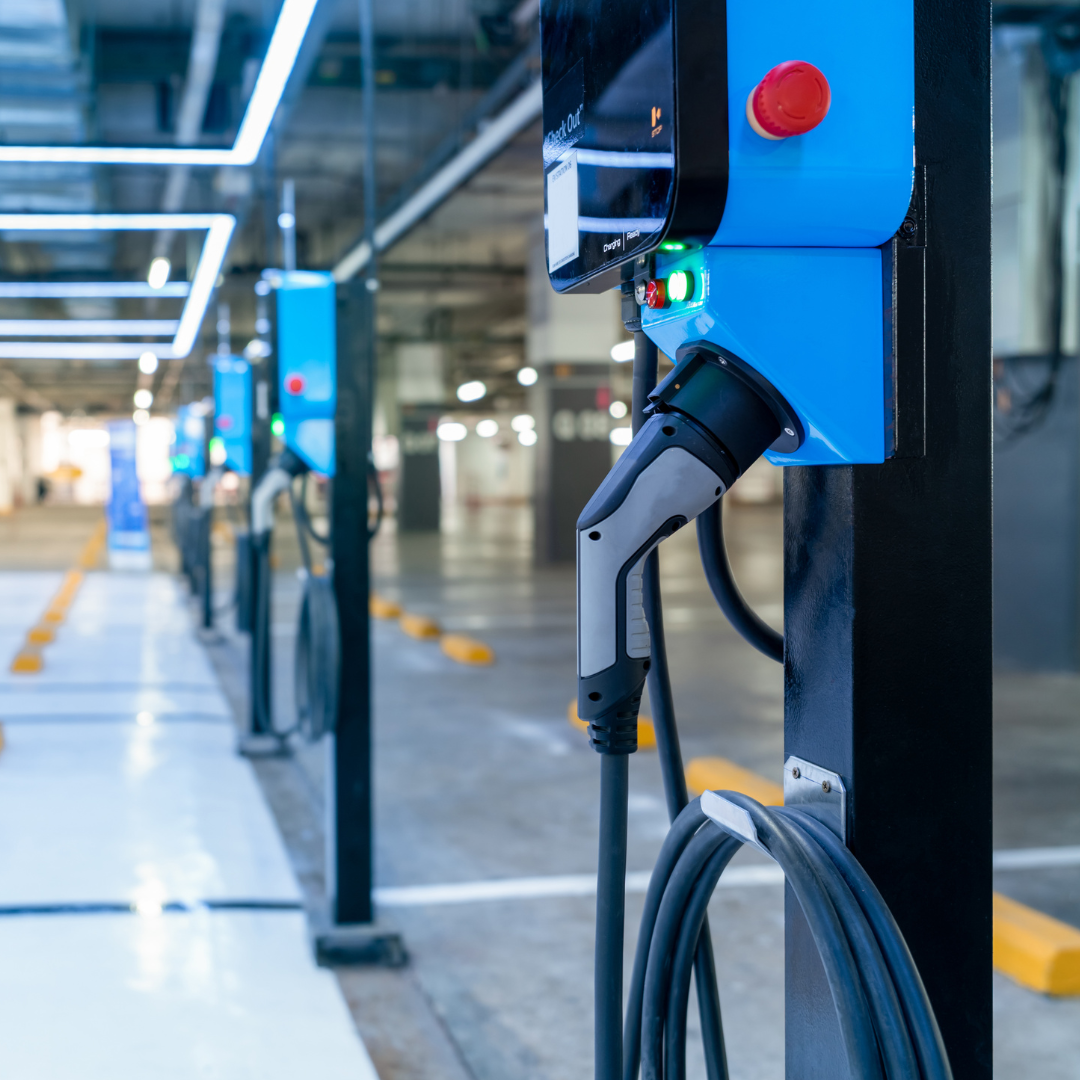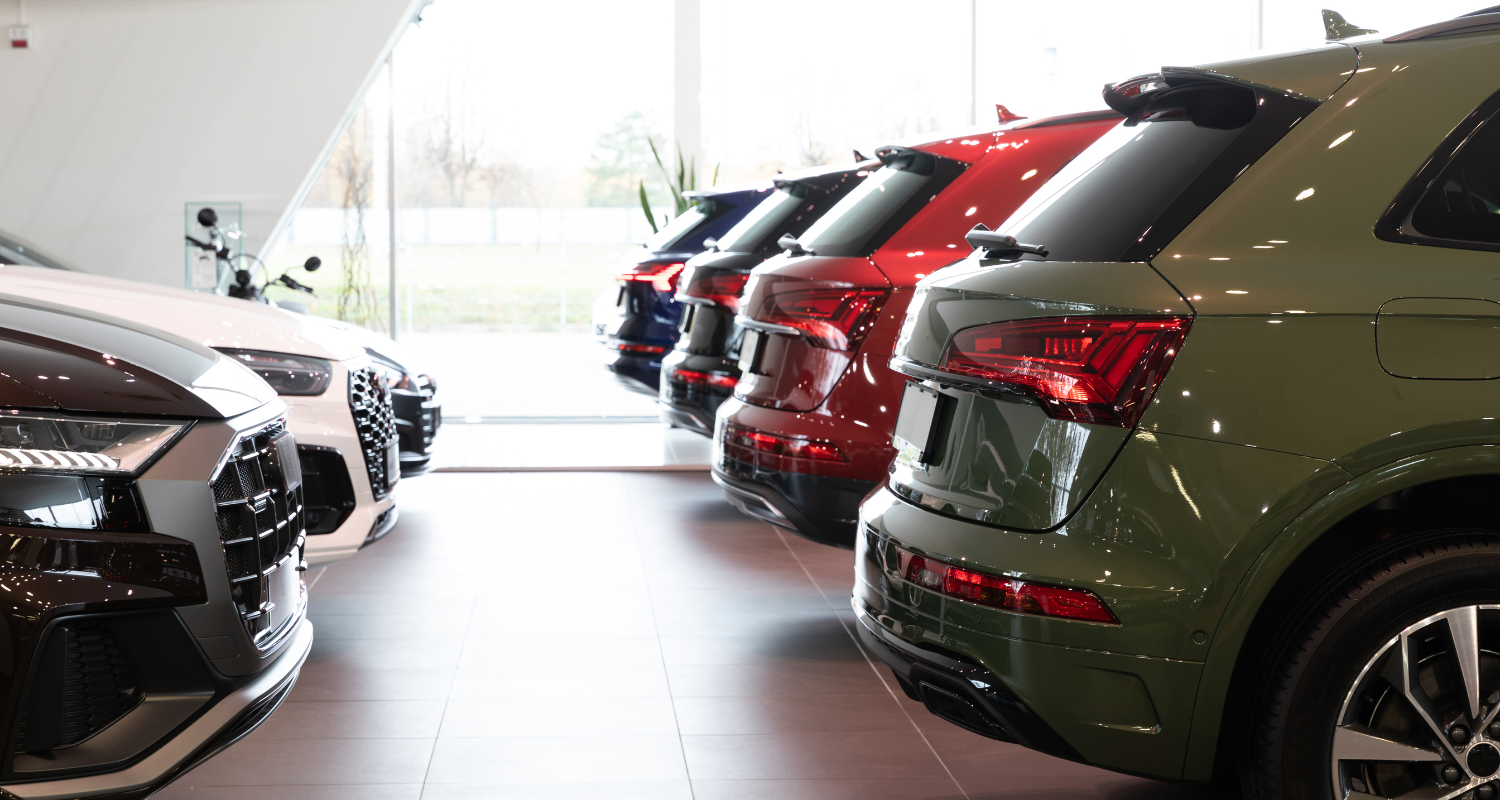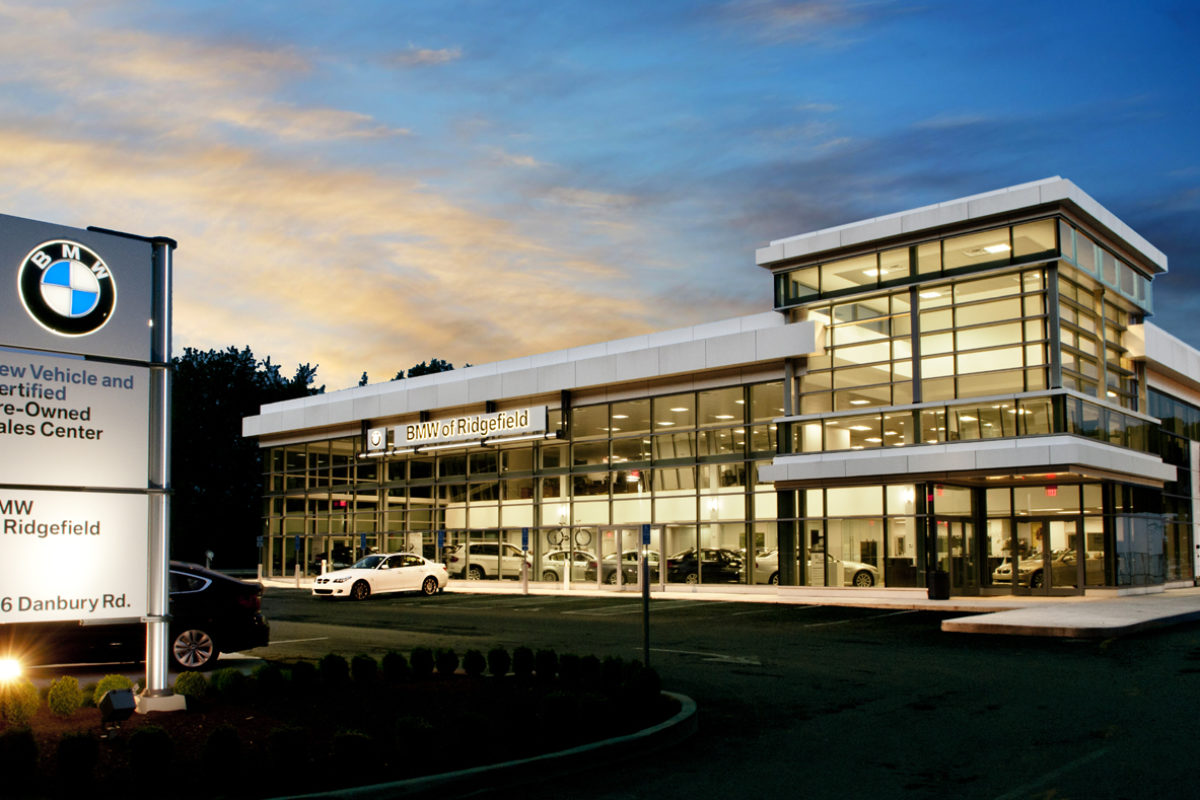As we move towards a greener and more sustainable future, the rise of electric car dealerships is becoming increasingly prevalent. With governments around the world placing greater emphasis on reducing carbon emissions, and consumers becoming more conscious about their environmental impact, electric vehicles (EVs) have quickly gained popularity. In this article, we will explore the rise of electric car dealerships, navigate the benefits and challenges they present, and share how the construction industry is helping build EV dealerships that meet the infrastructure, aesthetic, and safety standards they require.
The Rise of Electric Car Dealerships
The rise of EVs is presenting new challenges to both dealerships who need to adapt and also Architects and Construction Companies who design and build them. Increasing EV popularity prompts dealerships to accommodate these vehicles and provide charging infrastructure. As a result, this boosts demand for knowledgeable contractors in EV charging station construction.
Car dealership owners who are planning to construct EV dealerships need to consider several factors, such as:
- Showroom, service area, and charging station design
Create a comfortable, educational, and transparent environment for customers. They can learn about EV benefits, observe technicians, and relax while charging.
- Charging infrastructure installation and maintenance
Invest in fast, reliable stations, ensure accessibility and security, provide usage guidance, and offer incentives.
- Staff training and certification
Ensure sales and service staff are well-trained and certified in EV handling, technology, regulations, and incentives. Encourage staff to drive EVs for firsthand experience to share with customers.
Safety Precautions For EV And Gas Vehicle Combined Showrooms
Another challenge that contractors face when working with dealerships is the need to comply with safety regulations and building codes. These regulations often mandate reserved parking spots for future EV charging. Therefore, contractors must ensure all charging stations meet safety standards and offer accessibility.
To aid dealerships in overcoming these challenges, contractors form partnerships with EV charging equipment suppliers and manufacturers. These collaborations provide a wide range of charging infrastructure options, including various charger types and speeds. By working closely with these suppliers, contractors can help dealerships find the best solutions for their needs.
Additionally, when dealing with electric car dealerships, don't overlook the importance of after-sales service. Electric vehicles have distinct components and maintenance needs, so choosing a dealership with experienced technicians and available spare parts is crucial.
EVs and Gas Cars Don't Mix Well
It's often not known that storing electric and gas cars together may pose risks. Here's some reasons why EVs and gas vehicles should not be stored together:
- Fire hazard
Electric cars use lithium-ion batteries, which can catch fire or explode when damaged, overcharged, or exposed to extreme temperatures. Storing them with gas cars increases the risk of fire, as gas vehicles may have flammable materials or potential ignition sources.
- Battery degradation
Electric cars require regular charging to maintain battery capacity and performance. Storing them with gas cars might lead to neglecting electric car charging, causing faster battery degradation and reduced efficiency.
To address these challenges, one solution is to create dedicated EV showrooms. Here, customers can explore electric mobility benefits, compare models, and test drive EVs in a specialized setting. This enhances EV visibility and sets them apart from gas-powered vehicles.
However, some customers prefer one-stop shopping, comparing gas, hybrid, and electric options. Automakers and dealers must weigh the pros and cons of separate electric vehicle showrooms and adopt flexible, customer-centric strategies. For instance, a hybrid showroom design could dedicate a section within a larger showroom for EVs alongside other vehicle types.
The ultimate goal is to provide a positive, informative experience for EV-curious customers, dispelling misconceptions. This not only boosts sales but also promotes a cleaner, greener transportation system, aligning with broader environmental goals.
How Electric Cars Are Transforming Showroom Infrastructure And Design
In addition to the construction of charging stations, contractors are also working with dealerships to help them design and build facilities that can accommodate electric vehicles. This includes the installation of EV chargers, as well as the creation of spaces that are designed specifically for EVs. For example, some dealerships are opting for smaller, more flexible spaces that can be easily adapted to accommodate EVs.
To meet this demand, the construction industry will need to develop new skills, capabilities, and partnerships. Some of the key aspects of building EV infrastructure and design are:
 Site selection and permitting. Choosing the right location for a charging station is crucial, as it affects the accessibility, visibility, and profitability of the station. Factors such as traffic volume, demographics, land use, zoning, and utility availability need to be considered. Additionally, obtaining the necessary permits and approvals from local authorities can be a complex and time-consuming process, depending on the jurisdiction and the type of charging station.
Site selection and permitting. Choosing the right location for a charging station is crucial, as it affects the accessibility, visibility, and profitability of the station. Factors such as traffic volume, demographics, land use, zoning, and utility availability need to be considered. Additionally, obtaining the necessary permits and approvals from local authorities can be a complex and time-consuming process, depending on the jurisdiction and the type of charging station.- Electrical engineering and installation. Designing and installing the electrical components of an EV chargingstation dealership requires specialized knowledge and equipment. Depending on the power level and configuration of the station, different types of transformers, cables, connectors, meters, and protection devices may be needed. Moreover, the electrical system needs to comply with safety standards and codes, such as the National Electrical Code (NEC) and the Society of Automotive Engineers (SAE) standards.
- Civil engineering and construction. Building the physical structure of a charging station involves various civil engineering and construction tasks, such as grading, paving, landscaping, lighting, signage, fencing, and drainage. The design and construction of the station should also consider the aesthetics, functionality, durability, and security of the facility.
- Operation and maintenance. Operating and maintaining a charging station requires ongoing monitoring, troubleshooting, servicing, and upgrading of the equipment and software. This can be done by either the owner oroperator of the station or by a third-party service provider. The operation and maintenance costs of a charging station depend on factors such as usage frequency, power level, weather conditions, vandalism, and warranty coverage.
Preparing for the Future of Electric Car Dealerships
Design firms and Construction companies and are playing a crucial role in preparing for the future of electric car dealerships by adapting their strategies, designs, and construction practices to accommodate the unique requirements of these specialized showrooms:

Infrastructure Planning
Provisions for charging stations, high-voltage electrical systems, and specialized service areas for EV maintenance and repairs.
Charging Infrastructure
Design and install charging stations that are easily accessible to customers, strategically placed within the dealership premises, and capable of handling various charging standards.
Flexible Design
Create flexible designs that can accommodate both electric and gas vehicles while ensuring safety, proper ventilation, and adherence to building codes.
Specialized Training Facilities
Build facilities that allow dealership staff to receive training on handling high-voltage systems and performing EV-specific services.
Sustainability and Energy Efficiency
Implement sustainable building practices, utilizing energy-efficient materials, and incorporating renewable energy sources.
Technological Integration
Feature advanced technological elements, such as interactive displays, virtual reality showrooms, and digital configurators.
Collaboration with Automakers
Work closely with automakers to ensure that the design and construction of electric car dealerships align with the brand's identity and customer experience goals.




